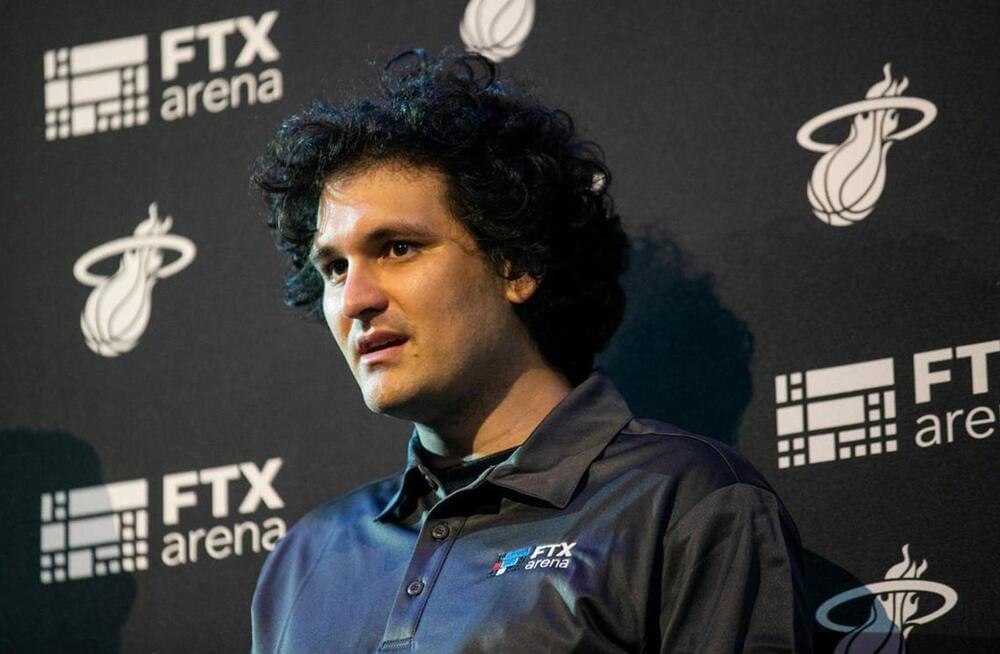There’s still so much we don’t know about social media’s impact. But Meta president of global affairs Nick Clegg tells MIT Technology Review that he hopes new tools the company just released will start to change that.


AGI (or Artificial General Intelligence) is something (in my view) everyone should know about and think about.


Good technologies disappear.
In the company’s cloud market study, almost all organizations say that security, reliability and disaster recovery are important considerations in their AI strategy. Also key is the need to manage and support AI workloads at scale. In the area of AI data rulings and regulation, many firms think that AI data governance requirements will force them to more comprehensively understand and track data sources, data age and other key data attributes.
“AI technologies will drive the need for new backup and data protection solutions,” said Debojyoti ‘Debo’ Dutta, vice president of engineering for AI at Nutanix. “[Many companies are] planning to add mission-critical, production-level data protection and Disaster Recovery (DR) solutions to support AI data governance. Security professionals are racing to use AI-based solutions to improve threat and anomaly detection, prevention and recovery while bad actors race to use AI-based tools to create new malicious applications, improve success rates and attack surfaces, and improve detection avoidance.”
While it’s fine to ‘invent’ gen-AI, putting it into motion evidently means thinking about its existence as a cloud workload in and of itself. With cloud computing still misunderstood in some quarters and the cloud-native epiphany not shared by every company, considering the additional strains (for want of a kinder term) that gen-AI puts on the cloud should make us think about AI as a cloud workload more directly and consider how we run it.
In an all-hands video conference call to Cruise staff on Monday afternoon, General Motors CEO Mary Barra attempted to re-energize the staff of Cruise, GM’s on-edge autonomous vehicle subsidiary, after its CEO and chief product officers both resigned following several weeks of enormous setbacks for the company.



The original definition of the chosen word is to “seem to see, hear, feel, or smell” something that does not exist, usually because of “a health condition or because you have taken a drug”
The psychological verb gained an extra meaning in 2023 that ‘gets to the heart of why people are talking about artificial intelligence’

Sam Altman and the OpenAI board are now in talks for his possible return, specifically he’s speaking with Adam d’Angelo.
Sam Altman and members of the OpenAI board have opened negotiations aimed at a possible return of the ousted co-founder and chief executive officer to the artificial intelligence company, according to people with knowledge of the matter.
Discussions are happening between Altman and at least one board member, Adam D’Angelo, said the people, who asked not to be identified because the deliberations are private and they may not come to fruition. The talks also involve some of OpenAI’s investors, many of whom are pushing for his reinstatement, one of the people said.
In one scenario being discussed, Altman would return as a director on a transitional board, one of the people said. Former Salesforce Inc. co-CEO Bret Taylor could also serve as a director on a new board, multiple people said.

Ford said Tuesday it is cutting production capacity by roughly 43% to 20 gigawatt hours per year and reducing expected employment from 2,500 jobs to 1,700 jobs. The company declined to disclose how much less it would invest in the plant. Based on the reduced capacity, it would still be about a $2 billion investment.
The decision adds to a recent retreat from EVs by automakers globally. Demand for the vehicles is lower than expected due to higher costs and challenges with supply chains and battery technologies, among other issues.
Reductions at the Marshall, Michigan, plant are part of Ford’s plans announced last month to cut or delay about $12 billion in previously announced EV investments. The company will also postpone construction of another electric vehicle battery plant in Kentucky.